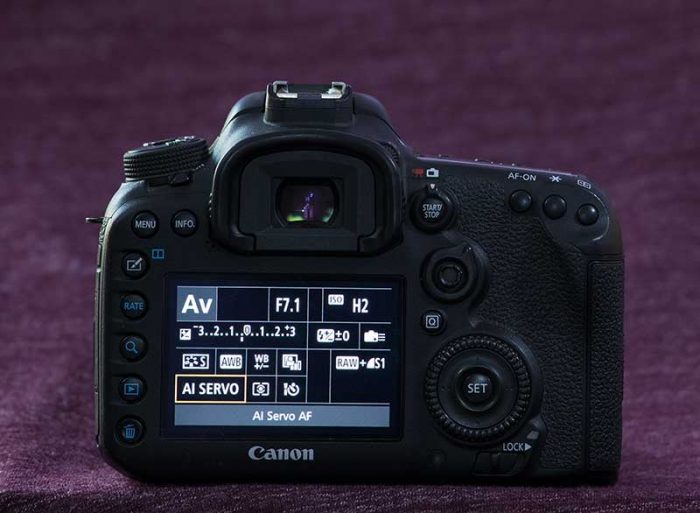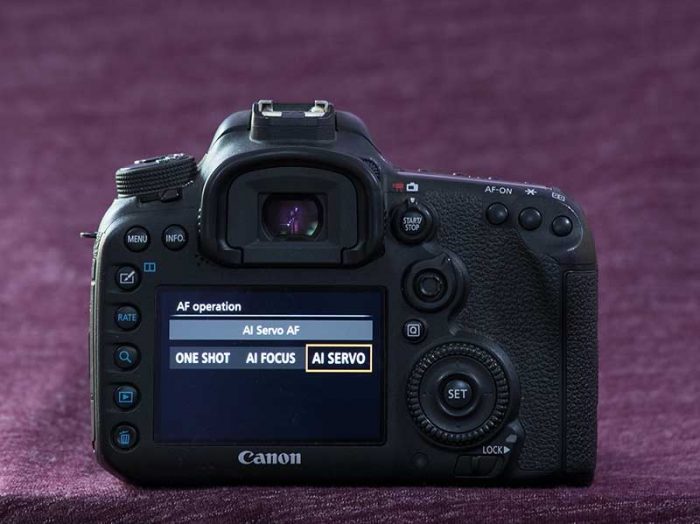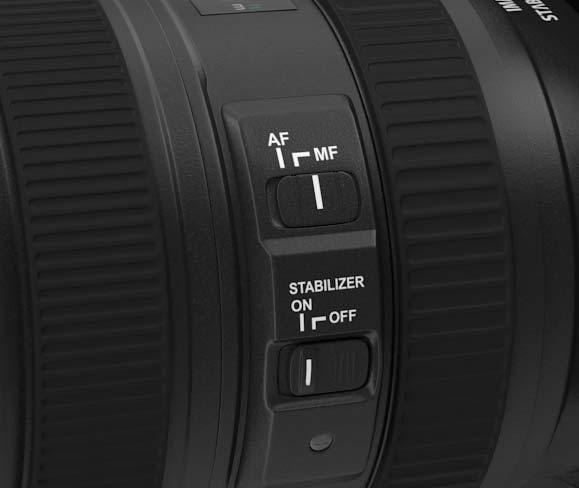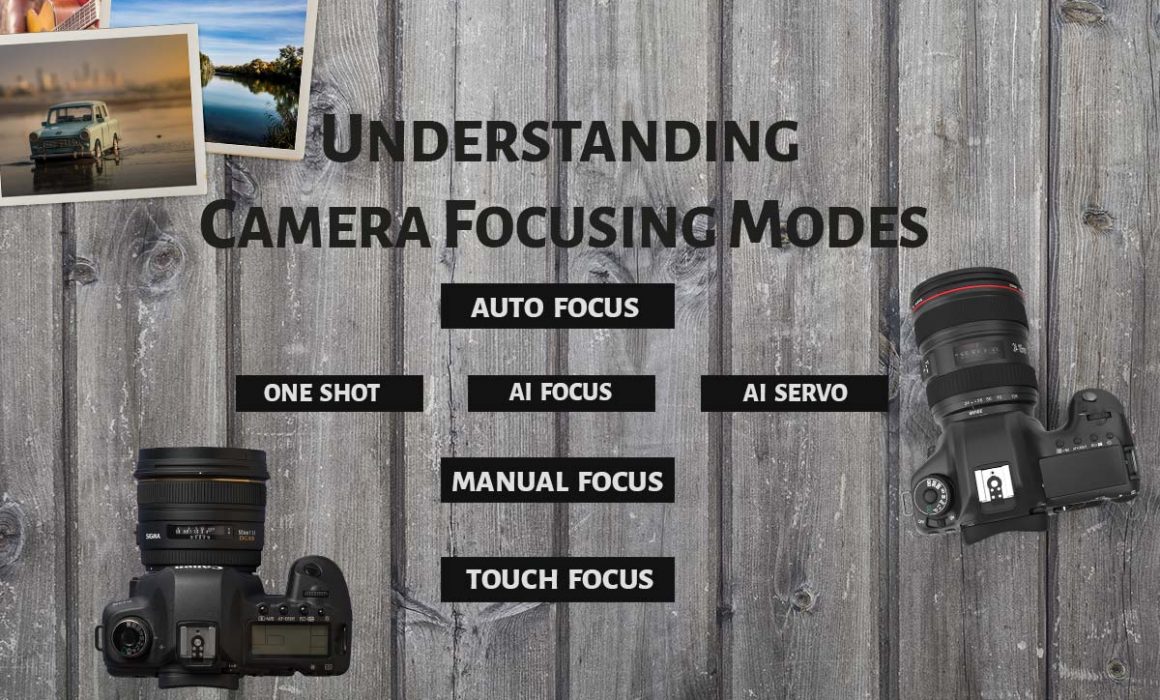Understanding Camera Focusing Modes
You may be using a DSLR, Mirrorless, or a point-and-shoot camera. So, you will be familiar with the autofocus feature, which is present in all digital cameras. But there are many sub-variants in this Autofocus mode. Understanding these modes can help you to achieve a faster focus on your subject. In this guide, I will go through the different camera focusing modes in detail.
1. One Shot Mode
The One shot AF mode is one of the autofocusing modes coming under the Autofocus feature. You can use this mode for focusing on stationary subjects.
You can use One-Shot AF mode for portrait and landscape photography. Most cameras will have this focus assigned to a sensor and the user can select the focus point of his choice.

If the user has not selected the focus point then the camera will go ahead with the last used focus point to focus the subject. The camera will try to focus on the subject coming in front of this focus point.
Certain cameras allow the selection of multiple focus points in the form of groups or zones. The additional focus points help in focus assistance.
2. AI Servo Mode
If you plan to photograph a moving subject, go for AI Servo mode.
Sports and wildlife photographers use AI Servo mode for achieving focus while photographing actions. Here, you can either use a single-point focus or a group of focus points.

Once you half-press the shutter button, the focus gets locked on the moving subject. You just have to just track the subject on the viewfinder or camera display.
You can fully press the shutter button to trigger the shot at the right moment.
If you use the back button focus, you need to press the back button for getting the focus lock and then press the shutter button for capture.
3. AI Focus Mode
If you want the benefits of both One-shot AF Mode and AI Servo mode, you can use the AI Focus autofocus mode. You can use this Autofocus mode for both stationary as well as moving subjects.

Now, the question is, if this mode can serve the purpose of both the other modes then we can use this mode for all the scenes.
Yes, you can use this mode for all the scenes. But, it comes with a small drawback of a reduction in focusing speed.
If you are looking for slightly faster autofocusing, you should use the One-Shot AF or AI Servo mode, depending on what you are shooting.
4. Manual Focus
Before the arrival of “Auto Focus”, it was all “Manual Focus”.
If you use a DSLR/ Mirrorless camera, you can find the AF/MF slider switch in the camera lens. It is a feature of the camera lens system.
Once you set the mode to “Manual focus”, you need to rotate the focus ring to achieve the focus.

There are times when autofocus fails. You will have to use “Manual focus” during these situations.
It happens mostly in low-lighting conditions. The autofocus system will try to focus hunting and will never get the focus locked.
It can also happen if your autofocus system is faulty. If you are using an old lens that does not come with an Auto Focus feature then you need to do it manually.
If you plan to use manual focus, I recommend using the Live View mode in your camera to ensure a perfect focus lock.
You need to zoom in 100 percent on the subject of interest to check whether it is properly focused or not.
5. Touch Screen Focus
Nowadays, most cameras come with Touchscreen focusing feature. You just need to enable the Live View mode in your camera and tap on the subject to get the focus locked.
Here, you can easily change the focus with a touch. If you use the Touchscreen to focus, I recommend keeping the camera on a stable surface or using a tripod to capture the image.
Otherwise, you may get blurry images because of the camera shake.
If you have understood the different camera focusing modes, start capturing pictures using these modes in your camera and see the difference.

